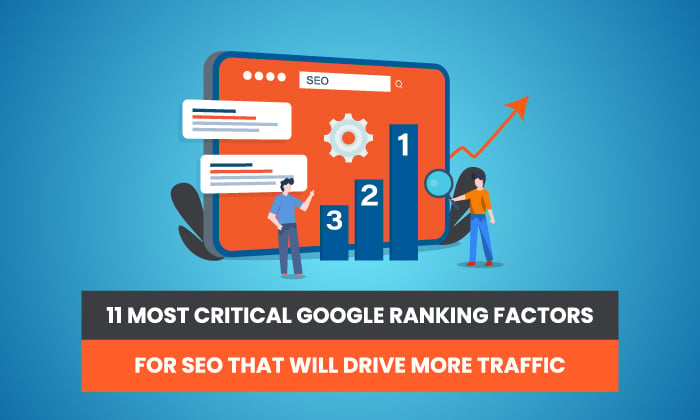Google Updates Advice on How to Control Titles in Search Results via @sejournal, @martinibuster
Updated support page adds a new troubleshooting section for helping diagnose why Google is rewriting title tags The post Google Updates Advice on How to Control Titles in Search Results appeared first on Search Engine Journal.

Google Search Central updated a section of the developer support page that offers tips on how to control the site title that Google uses in the search results. The new section is about troubleshooting title tags in order to identify why Google may be changing the title links.
Title Link
The support page defines the title that is seen in the search results as a title link. The title link generally originates from what a publisher uses in the title tag.
However Google can change the title link to something else. Some publishers and others in the SEO community have reported that traffic from the search results declines when Google changes the title tag displayed as a title link.
Title Links Best Practices
Google offers seven best practices for writing title tags that will influence what Google shows in the search results.
Seven Title Tag Best Practices
1. Make sure every page has a title tag.
2. Write concise title tags that describe what the web page is about. Google adds that this also means avoiding vague descriptions such as Home Page or Profile.
3. Avoid keyword stuffing.
4. Avoid boilerplate that is repeated across the site.
5. Branding phrases are okay until they become boilerplate. It’s acceptable to use branding phrases on the home page (like, “a place for people to meet and mingle”) but Google cautions against repeating the branding phrase on many other pages.
6. Google sometimes uses what’s in the heading elements in the title links. Because of that, Google advises the use of a distinctive headline, which is usually contained in an H1 or H2 heading element at the top of the page.
According to Google:
“Google looks at various sources when creating title links, including the main visual title, heading elements, and other large and prominent text, and it can be confusing if multiple headlines carry the same visual weight and prominence.
Consider ensuring that your main headline is distinctive from other text on a page and stands out as being the most prominent on the page (for example, using a larger font, putting the headline in the first visible <h1> element on the page, etc).”
7. Use the Robots.txt correctly. Google cautions that the Robots.txt should only be used to block crawling of a page. The incorrect use of Robots.txt is to stop a page from being indexed because pages that are blocked by robots.txt can still be indexed if another page or website links to the blocked page.
Google advises that in cases where a page is blocked by the robots.txt and Google can’t crawl the page, that Google may end up using the anchor text from a site that links to the page.
Publishers are reminded that the most effective way to keep a page out of the index is to allow Google to crawl it and discover a noindex meta tag, which will stop Google from including the page in Google’s index.
Google Explains How Title Links Are Created
The title links are generated automatically from information contained on the web page itself and also from other sites that reference the pages.
Google lists the following factors that influence the title link that Google shows in the search results:
“Content in <title> elements Main visual title or headline shown on a page Heading elements, such as <h1> elements Other content that’s large and prominent through the use of style treatments Other text contained in the page Anchor text on the page Text within links that point to the page”Troubleshooting Tips
Lastly Google offers a checklist of things to check that may cause Google to write their own title link.
Half-empty <title> elements – This means title tags that are incomplete
Obsolete <title> elements – This refers to title tags that haven’t been updated to reflect the changed information on a web page, like the date.
Inaccurate <title> elements – Google advises that title tags should accurately describe what the page is about. Google offers an example of a title tag that is too granular and doesn’t give a high level description of what the page is about.
The help documentation offers the example of “Giant stuffed animals, teddy bears, polar bears – Site Name” as an inaccurate title tag.
Google suggests that “Stuffed animals – Site Name” is more accurate.
Micro-boilerplate text in <title> elements – What this describes is what happens when multiple pages are about similar things but that the title tag doesn’t accurately differentiate what is different from all the pages in the group.
Google uses the example of web pages about a television show that repeat the name of the show on every page while omitting more information that distinguishes one page from another one.
No clear main headline – This is about the heading elements on the page. As previously noted, the main heading should be distinct from all the other headings on the page.
How to Control Your Site Links
Google’s tips are helpful for diagnosing why Google is rewriting title tags in the search results. The document is also helpful as a guide for writing quality title tags that will tend to avoid being rewritten in the search results.

 Konoly
Konoly 






























